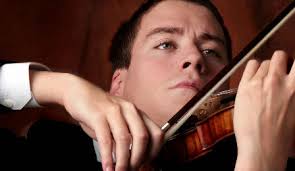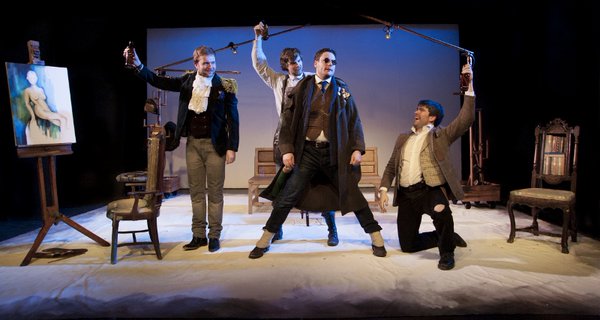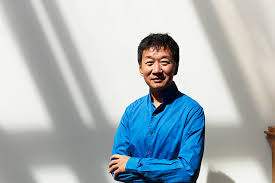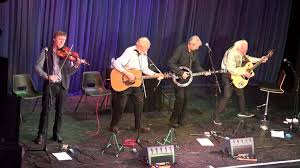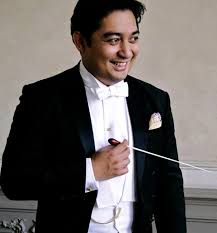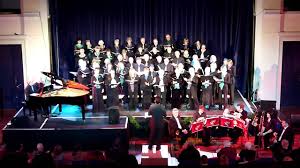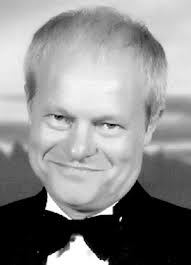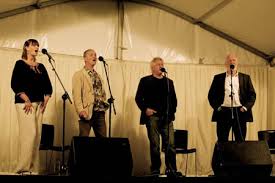The Dome, Brighton, 27 February 2016
Two very popular works seem to have been the main draw for this concert but it may equally have been that the two rare pieces attracted attention.
Mendelssohn’s incidental music for A Midsummer Night’s Dream will probably be heard even more often this year with the Shakespeare anniversary but its quality will withstand any number of repeats. Andres Orozco-Estrada takes a full-bloodied approach to the Overture. There is nothing delicate about these fairies and the rustics are distinctly raucous. However the piece came to a gentle restorative conclusion which was very effective.
Khachaturian’s violin concerto was written for David Oistrakh in 1940 and was an instant success, though it is hardly ever heard today. One can see why. Though Kristof Barati brought outstanding technical finesse to his playing and indulged in the more lyrical passages, the work has little depth. As passing entertainment it may suffice but even in this popular programme it seemed out of place. His brief encore had more authority than the concerto.
Richard Strauss’ Macbeth is equally rare though this is presumably because it takes a very large orchestra and was superseded by even greater works. It should not however be overlooked as the writing is secure throughout and demonstrates a mature approach to orchestral colour. If the narrative has little relationship to the text – and there is no hint of Scotland in the melodic lines – this is probably all to the good. Enjoyed as an abstract tone poem it is highly successful and was given the extrovert enthusiasm it needs.
Stravinsky’s 1919 Suite from The Firebird may be a regular Classic FM favourite but, as with the Strauss and Mendelssohn, the quality of the writing and orchestral colour cannot be dampened by familiarity. This was a splendid conclusion which blazed from all sections after some of the most delicate playing of the evening in the Princesses’ Khorovod.
The LPO return to the Dome on 16 April with works by Rodrigo, De Falla and Prokofiev.

